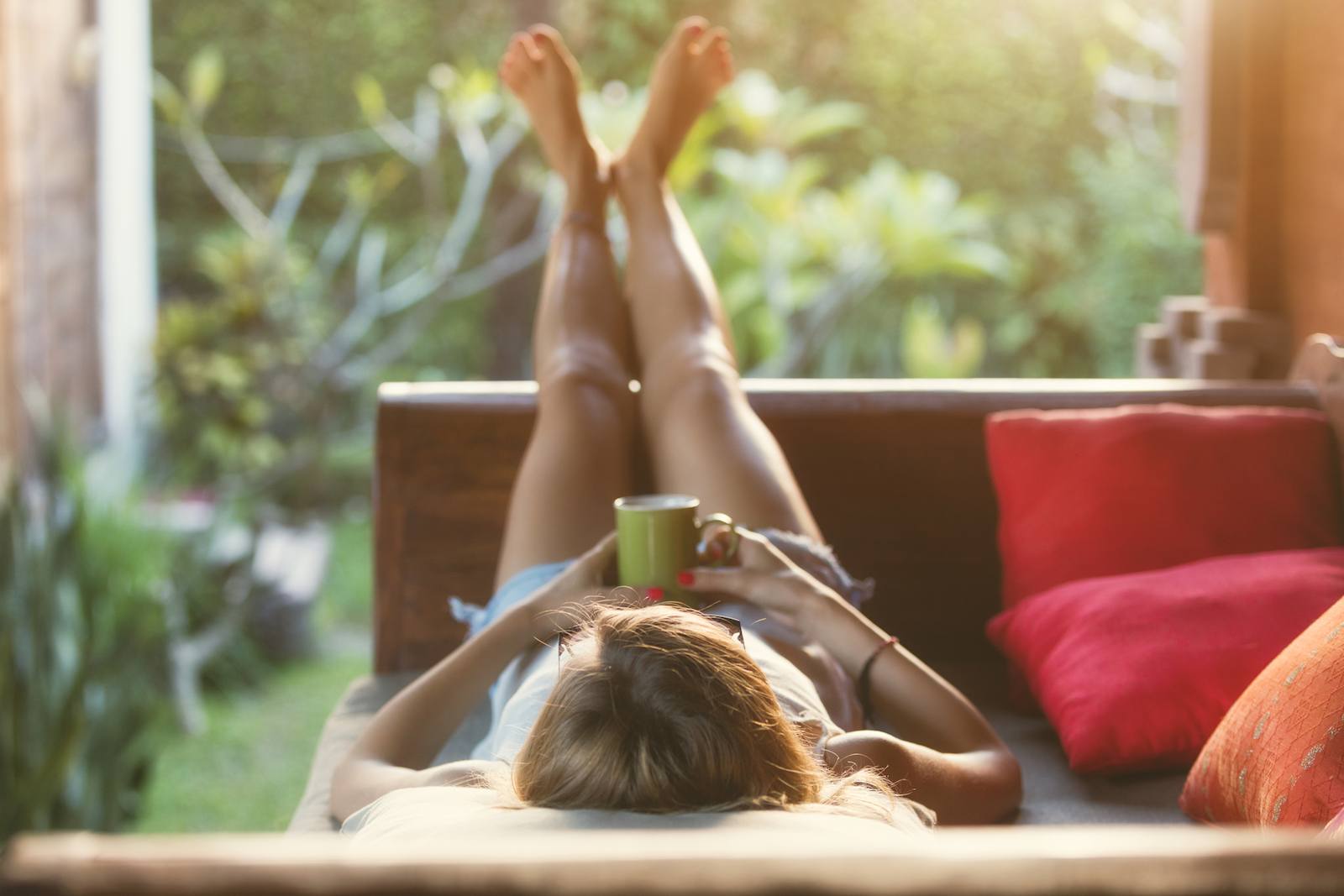The purpose of relaxing muscles and relieving psycho-emotional stress is to get rid of stress and restore strength. It is no coincidence that relaxation is considered one of the most effective ways to improve performance: with the right approach, high physical and mental activity is ensured.
Also, exercises are recommended in the presence of hypertonicity. Special techniques allow the muscles to relax, thereby minimizing the risk of destructive processes in muscle tissues and psychosomatic disorders.
General information
Each person can find, open or create a similar channel of power with his subconscious, it is the technique of deep relaxation that can become a simple and universal assistant in this.

In the body of every person there are chronic muscle clamps that are not realized. It is nothing but blocked feelings and desires. The purpose of such bodily blocks is to protect a person from displeasure. But this blockage costs our body the ability to enjoy life, in addition, the body spends a large amount of vital energy to maintain this very protection, which could be directed to other goals.
The method of deep relaxation of the body at first glance seems quite simple – take any physically comfortable position and immerse yourself in the sensations that the body is now experiencing.
The only condition is that the environment should maximally contribute to immersion in the sensations of the body. An ideal option would be a secluded place where no one will interrupt or disturb you, where you will feel completely safe.
At first, relaxation sessions will mainly relieve only the current tension that has appeared during the day or several previous days. With each subsequent relaxation session, the body will sink into deeper relaxation. Gradually, relaxation will reach the deepest clamps that the body has kept for years and decades.
Just listen to your body and dive into your inner world. Gradually, you will learn to listen to what your body is telling you, you will see and feel where muscle clamps are located in your body, you will understand what desires or negative emotions are hidden behind them, what chronic problems or unsolvable questions do not allow you to enjoy life.
Relaxation methods
Since psychophysiological relaxation is considered to be the most accessible and popular technique, we will consider the main methods of relaxation within this direction. So, the following relaxation methods are most widely used:
- muscular;
- mental (or figurative);
- respiratory.
The first method consists in the relaxation of muscle tissue, which occurs after pre-tensioning. The meaning of the technique is that a person needs to strain the muscles (one or several groups) for 5-10 seconds, and then concentrate on relaxing them for 15-20 seconds.
The technique of Dr. E. Jacobson (he developed progressive muscle techniques) includes more than two hundred exercises that are aimed at working with various muscles. Exercises are initially focused on working with muscles at the physical level, but regular exercises contribute to the fact that a person develops the ability to relax through volitional effort.
The mental relaxation technique is part of the process of meditation, as a result of which you can relax by creating various mental images. A simple method, which is often used on a subconscious level, is breathing. Its meaning is to perform breaths that help overcome excitement and develop the correct type of breathing. The technique of performing exercises may vary depending on the chosen direction of respiratory relaxation.
Relaxation Methods
The variety of ways that provide complete relaxation allows you to choose the right ones, depending on the possibilities and preferences. The following have gained the greatest distribution due to their effectiveness:
- music therapy;
- visualization of images;
- water therapy;
- breathing practices.
Relaxation through music
Music therapy is considered an affordable tool that can provide excellent results. Listening to musical compositions plunges you into a state of relaxation, allows you to concentrate on your feelings and free yourself from feelings. For music therapy, you need to choose suitable compositions, such as sounds of nature, exotic melodies, etc. No less important is the place of relaxation: there should be no external stimuli and there should be comfortable conditions for therapy.

Breathing practices
Breathing practices are not only a way to relax, but also a great opportunity to improve the condition of the respiratory system of the body. There are various variations of this technique, but the meaning is as follows:
- a slow breath is taken through the nose;
- breath holding occurs (its duration is from several seconds to one minute);
- exhale slowly through the mouth.
Short-term relaxation consists of two to three cycles, each of which includes 10 breaths. A break is required between cycles.
Relaxation through visualization
Many people prefer to relax through visualization. The meaning of this method is to present images and situations that have a positive connotation. It is necessary to present in detail a pleasant episode from life, a favorite landscape and other similar images, and also include yourself in the resulting picture. The demand for visualization is that it not only helps to relax, but also develops creativity and improves mood.
